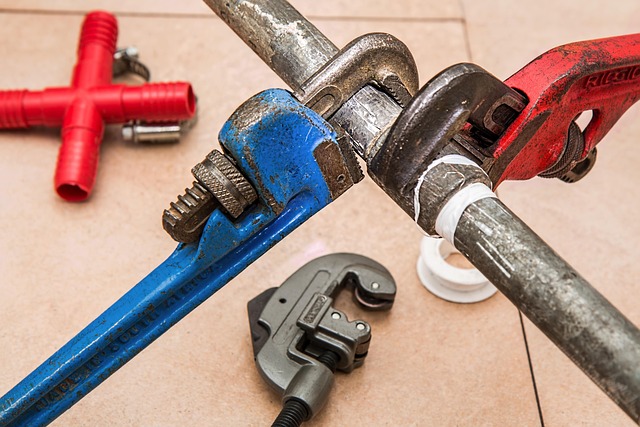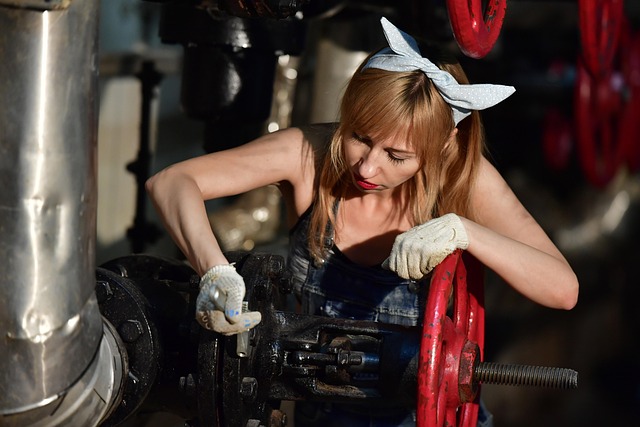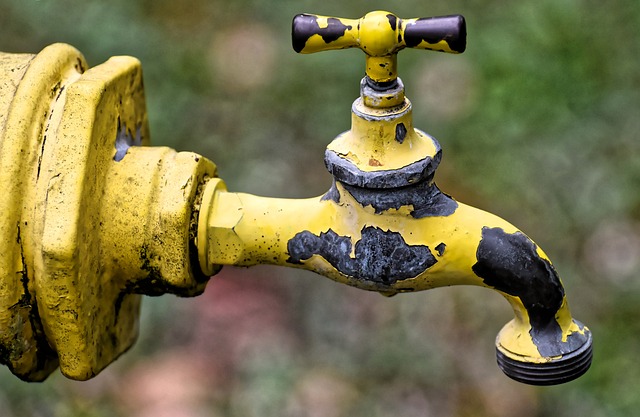Unusual water bills could signal hidden pipe leaks, which, if left undetected, lead to waste and higher costs. Effective Pipe Leak Detection Tips involve regular checks for unusual meter readings, wet spots, mold, or unusual noises. Act swiftly on potential leak signs to prevent minor issues escalating into costly repairs; maintain efficient water usage by following these practical tips.
Is your water bill higher than expected? A hidden leak could be the culprit. This comprehensive guide explores how to understand water bill discrepancies, identify signs of a hidden leak, and master essential pipe leak detection tips. Learn how to pinpoint problem areas and implement effective solutions to prevent unnecessary costs and conserve precious resources. By following these practical steps, you’ll gain control over your water usage and say goodbye to surprising water bills.
- Understanding Water Bill Discrepancies
- Identifying Signs of a Hidden Leak
- Pipe Leak Detection Tips and Solutions
Understanding Water Bill Discrepancies

Water bills that seem unusually high can be frustrating and puzzling. However, they might just be signaling a hidden issue within your plumbing system – a pipe leak. Understanding Water Bill Discrepancies goes beyond merely checking for visible signs of water damage. It involves analyzing your usage patterns and comparing them with past bills to identify sudden spikes. This is where Pipe Leak Detection Tips come into play. Regularly scrutinize your water meter, looking for any unusual readings. Also, be mindful of areas in your home that are prone to leaks, such as the bathroom, kitchen, and outdoor sprinkler system. Small drips can turn into significant waste over time, leading to a higher water bill.
Identifying Signs of a Hidden Leak

Many homeowners may wonder why their water bills are higher than expected, often assuming it’s due to increased usage. However, a hidden leak could be the real culprit. Identifying signs of a hidden leak is crucial for managing water consumption and saving money on your utility bills. Keep an eye out for unusual noises coming from pipes or walls, as these could indicate a problem. You might also notice stains or mold growth in unexpected areas, which may suggest a persistent moisture issue.
Pipe leak detection tips include regularly checking for dripping taps, both visible and hidden ones behind cabinets. Walls and floors can also be at risk, so look for discolored spots or sagging ceilings that might signal a leak. Using water meters before and after certain activities can help you identify unusual usage patterns. If the needle moves when no one is using water, it’s a strong indicator of a potential leak. Regular inspection and prompt action on these signs can prevent minor issues from becoming major problems and costly repairs.
Pipe Leak Detection Tips and Solutions

Suspecting a pipe leak but unsure where to start? Here are some effective pipe leak detection tips: Begin by checking your water meter regularly, even during off-peak hours, as an unexpected spike could indicate a leak. Turn off all taps and appliances that use water, then read the meter again after a few minutes; any increase suggests water is leaking somewhere in your pipes. Additionally, keep an eye out for signs like wet spots on floors or walls, mold growth, or unexplained water sounds.
If you’ve located a potential leak, pipe leak detection solutions involve identifying and repairing the source. Start by turning off the main water valve to stop further water flow. Then, use a flashlight and listen carefully along pipes for any dripping or bulging areas; these could be weak spots where leaks occur. Consider hiring a professional plumber for complex cases or extensive pipe repairs. Regular maintenance and prompt action can help prevent minor leaks from becoming costly water wasters.
If your water bill has skyrocketed with no apparent change in usage, it’s time to suspect a hidden leak. By understanding bill discrepancies and identifying subtle signs, you can effectively employ pipe leak detection tips to pinpoint and fix the issue promptly. Regular maintenance and early action not only save you from unexpected expenses but also help preserve our precious water resources.
